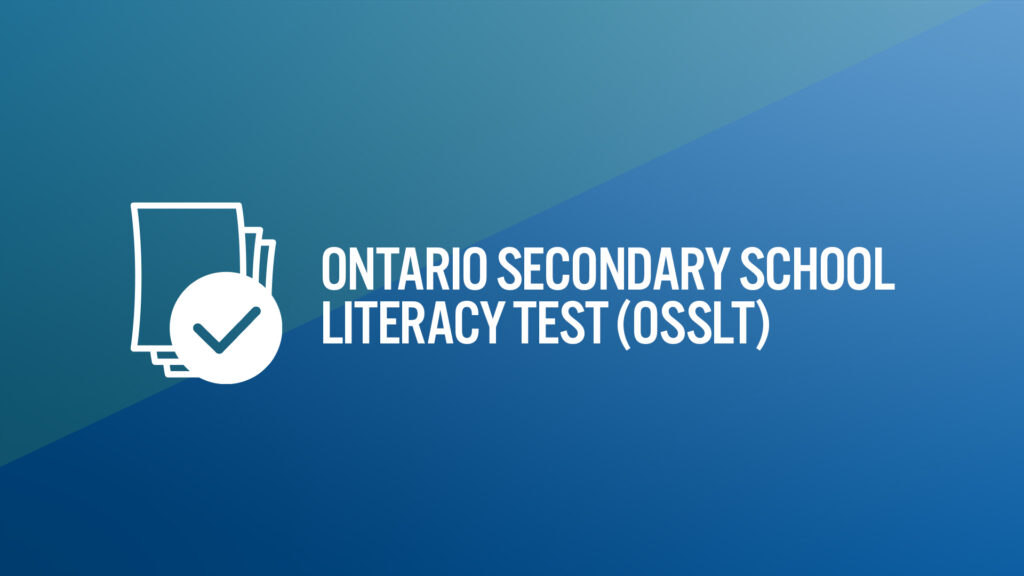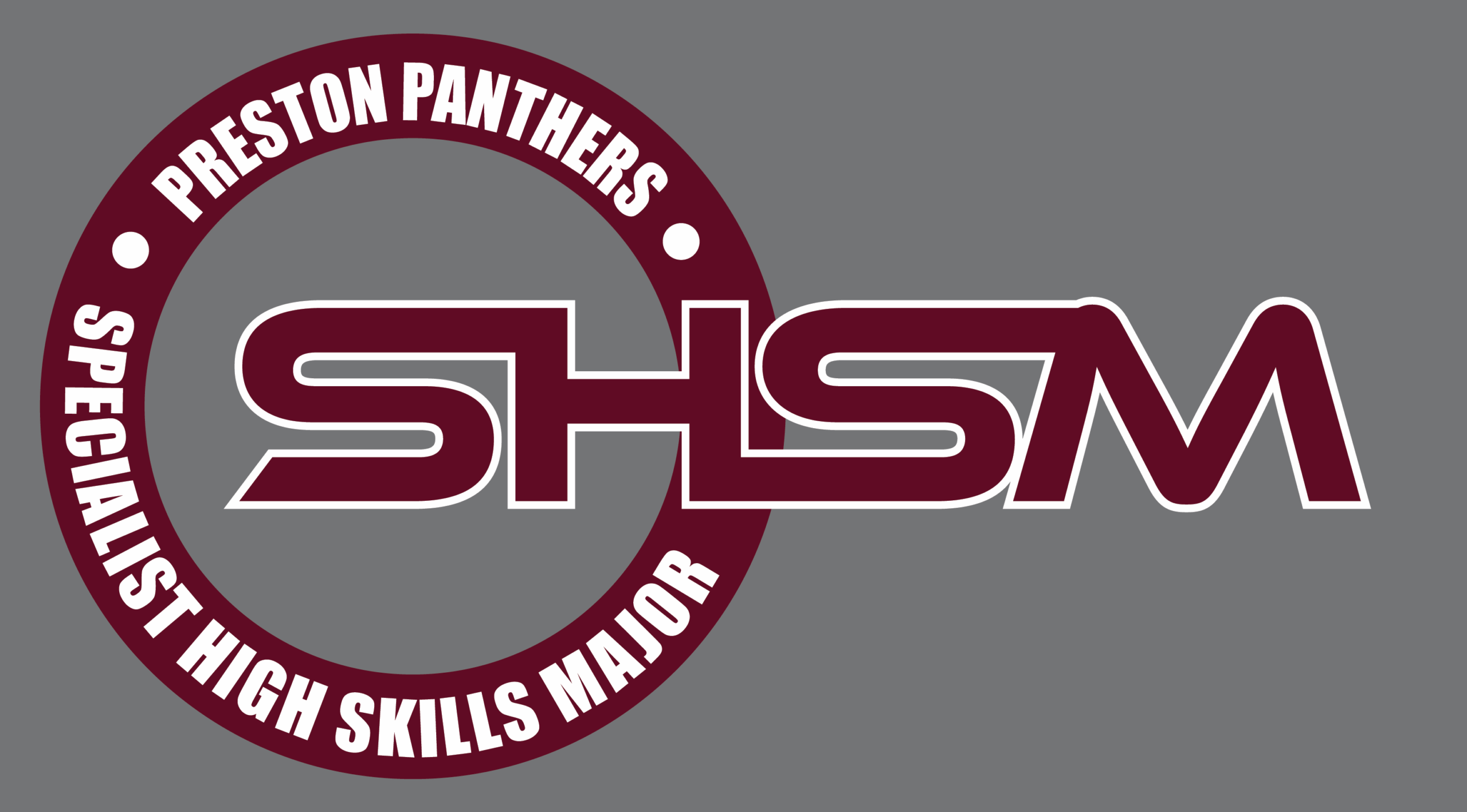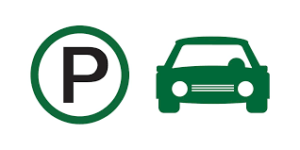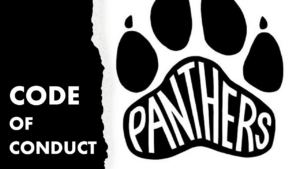What’s Going to be on the Test?
You know, that’s a really good question, and one you should ask your teachers. You might not get the precise answer you are hoping for, but they should be able to tell you two things: what the overall topics will be and what kind of test structure they are planning.
Tests come in many varieties. Let’s look at some of the most common:
Multiple Choice
Multiple choice questions ask you to choose the correct answer from a short list of possible answers. They are one of the most frequently used kinds of questions, which makes them familiar to us, but they can be tricky. Some tips for success are:
- Read the question carefully.
- Try to figure out the correct answer from what you know
- Read the choices given. Which one matches what you thought?
- Read all of the choices, not just until you hit what you think is the right answer. Remember, sometimes there’s an “all of the above” at the end. “All of the above” and “none of the above” are often the correct choice, especially if you believe that at least 2 of the options are true or false.
- Are you being penalized for guessing? If not – guess!
- Still not sure? Use the process of elimination. Cross out the choices you know are wrong. Check for “look alike” answers and make the best guess between them. When all else fails – guess “b” or “c”. They tend to occur most frequently
Example:
The Prime Minister of Canada is:
| a and d are “look alike” answers. | a) Justin Trudeau (hmmmm…”Justin” sounds right) | b) Wayne Gretzky(nope, he’s a hockey player) |
| c) Jean Chretien(who?? I think he used to be PM) | d) Stephen Lewis(“Stephen” again….wait, he’s an Ambassador) |
a) is a better guess.
True/False Questions
True/false questions tend to have factual content that comes straight from your notes or the textbook. You may think that true/false questions are easier because you have a 50-50 chance of getting the right answer. Increase your odds by:
- Knowing how the questions will be scored. Is there a penalty for guessing?
- Don’t look for patterns! Teachers do not prepare questions in a TTFFTT rhythm.
- Read each statement at least twice.
- Ask yourself what facts you know about the topic.
- Look for clues in the wording of the question. When all, always, never and only are used, the question is most likely false. When sometimes, usually, generally, mostly, similar and tend to are used, the question is most likely true.
- Remember for a question to be considered try, ALL parts of the question must be true.
- Watch out for statements that include the word, “not.” These negative statements can be very confusing!
Example
- Ben Johnson is the only Canadian athlete to be penalized for using anabolic steriods. (the only? Be sure before you say True)
- Wayne Gretsky is known as “the Greatest One” (close – but it’s the Great One)
- The Atlantic Ocean is not located to the west of Canada (watch those nots! Take them out and then see what the sentence is: “The Atlantic Ocean is west of Canada”. That’s false! So, with the “not”, the statement is true).
Short Answer
With short answer questions, the teacher is looking for just that – short answers. Usually, the number of marks the question is worth relates to how many bits of information the teacher is looking for. Two marks = two points of information. Unless the teacher specifies full sentences, point form is usually okay.
Essay
Sometimes, teachers give you the essay question ahead of time. This is your opportunity to come to the test armed with information. Memorize pertinent quotes or statistics. Have your opening sentence and thesis statement ready. Prepare an outline. You could even practice-write the essay ahead of time.
Often, though, you don’t know the question. But you probably know the topic. What are the big questions you have been discussing in class? Brainstorm two or three with some study buddies. Find some supporting data, jot a few possible introductory sentences down, and make up an outline for your essay questions.
In both cases, remember to follow the tried and true essay format of “point, proof, comment”. Have a good “hook” sentence to pull in the reader, and a strong concluding sentence.
Open Book Test
Ahhh … the open book test. Students consider the open book test “easy” because everything you need to know will be in your books, and you can just look it up! As a consequence, sometimes you don’t study as hard as you should. You need to know that open book tests are probably the hardest format of all. If you don’t have a good notebook (ie, all notes, handouts and tests neatly organized), and if you have never cracked your textbook, you will waste valuable test time, flipping through the pages. Prepare for your open book tests by:
- Organizing. Make sure you have every note (completed), and every handout. For sure, the one diagram you don’t label will be the one on the test! If you have dated your notes and handouts, it should be easy to tell if you are missing something by the gaps in the dates.
- Pre-Study. Those coloured stickie notes are invaluable here. Make little tabs for your pages, telling you what the major concept described on the page is. Eg, “spur gears”, “types of bearings”, “clutches and brakes”. While you are doing that, you are getting an idea of where everything is. Highlight the big concepts. “Big concepts” is the important point here – highlighters have a way of getting all over the page. Pick key words to be highlighted, but don’t highlight everything! Create study sheets that summarize the chapter or the unit notes. List definitions, key words and big concepts. If you know this stuff, then you don’t waste time looking them up. Save the look-up time for supporting evidence.
- Study. Yes, you have to study for an open-book test! Review your study sheets. Review your notes. Know where everything is in the notebook or textbook. If you have prepared adequately, you will likely not even open your book!
Categories: Spec Ed Tags: Hey Students · Studying · Tests










